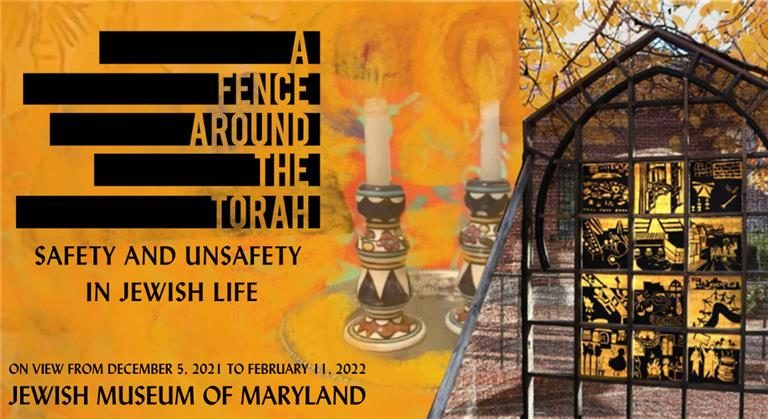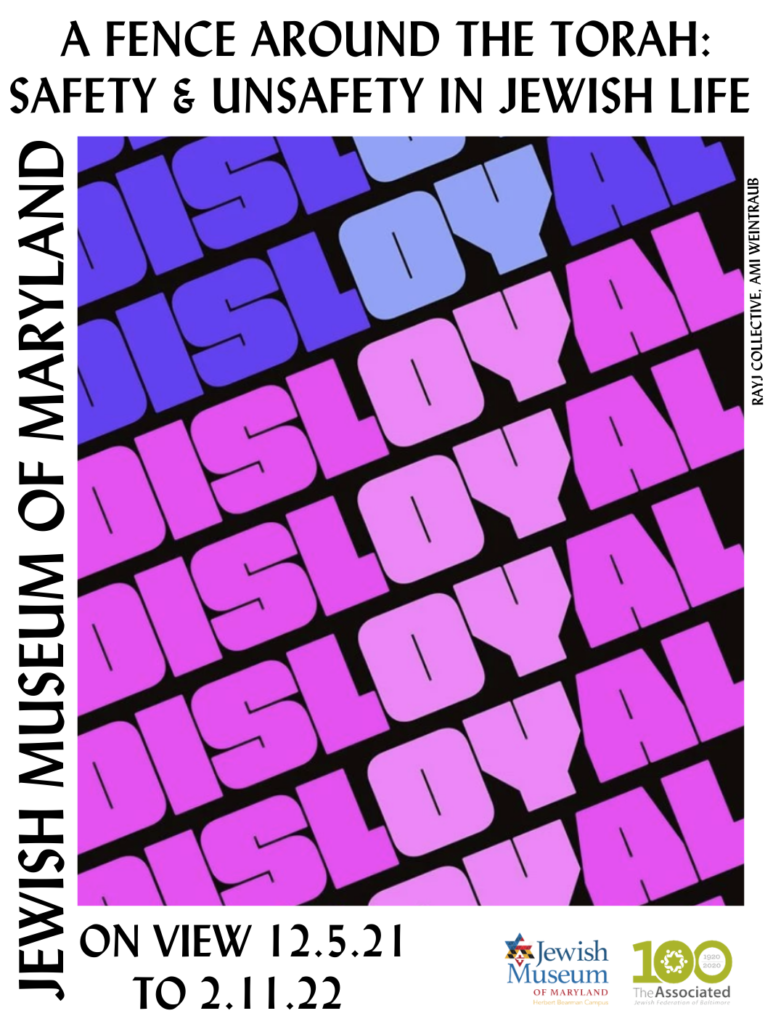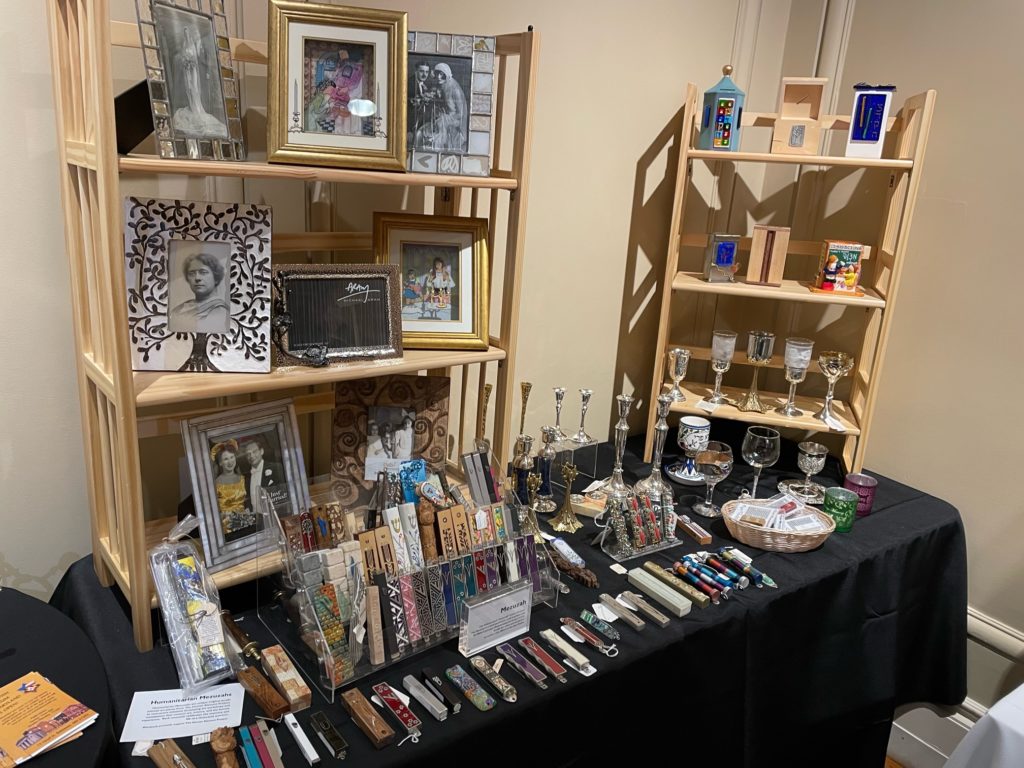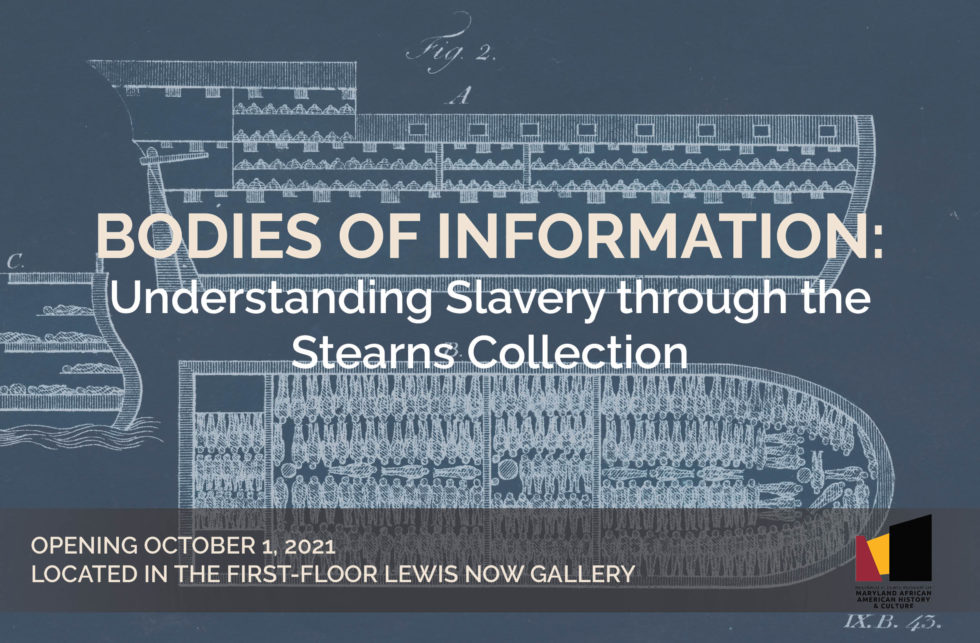JMM Insights: We Build Our Temples For Tomorrow


This week’s JMM Insights is by Executive Director Sol Davis, who shares his vision for our new exhibit, A Fence Around The Torah: Safety And Unsafety In Jewish Life, which is on view now. Make a plan to visit today and view the art on our website.
We Build Our Temples For Tomorrow
A Fence Around The Torah: Safety And Unsafety In Jewish Life grew out of an opening in the schedule of the Feldman Gallery at the Jewish Museum of Maryland as exhibit schedules were shifting due to COVID in early 2021. We decided that this was an opportunity to experiment with the uncertainty wrought by the pandemic and its impact on arts and cultural organizations. The Museum hired Liora Ostroff as a Curator-in-Residence to lead this effort.
The exhibit’s title is drawn from Pirkei Avot which instructs Jews to make a fence around the Torah. We have taken that line as a point of departure for a project that is about locating the fences and boundaries that Jewish communities have created around themselves for protection and to sustain Jewish life. The exhibit considers the ways those fences serve our communities and how they might be reconfigured in places where they are not serving to nourish and fortify us.

The exhibit was developed through many layers of partnership. Initially we partnered with Liora as the Museum’s Curator-in-Residence. Then we partnered with facilitators from various local organizations to develop and hold five community conversations that tapped into the themes of the exhibit and opened the conversation prior to the staging of the exhibit. Next, we organized a curatorial panel that included representatives of Jewish organizations in Baltimore and New York City. Once the group of artists was solidified, we began working to deepen our relationships with the artists, their work, and the collective of participants forged through this multifaceted project.
A Fence Around The Torah: Safety And Unsafety In Jewish Life holds the potential to shift and expand communal conversations about safety while increasing people’s understanding about the precarity that some members of the community experience and others are not aware of. This exhibit enacts many of the principles I bring to museum practice including participatory ethics, considering our historical inheritance through contemporary modes of expression, and using the museum as a platform for imagining a more just future.
My central desire within this project is that visitors walk away thinking in new ways about the central two-part question the exhibit poses: What makes you feel safe? When does what makes you feel safe make others feel less safe?
Sol Davis, Ph.D.
Executive Director
Jewish Museum of Maryland
Esther’s Place And The Strathmore Holiday Market
Esther’s Place is open both in person and online and is a great place to buy gifts. JMM docent and volunteer Lynn Witkin-Weinstein shares her thoughts on Esther’s Place after we set up a pop up version of the shop at the Strathmore Holiday Market.

This year I had the pleasure of joining Chris Sniezek and other JMM staff and volunteers as we participated in Strathmore’s Museum Shop Holiday Market. The items we had on display reflected well on the quality and unique nature of the Jewish Museum of Maryland and certainly met the standard of inclusion among “the area’s best museum and cultural shops”.
We were not only kept busy making sales, but we also used the opportunity to promote JMM within a wider community. I found it particularly gratifying to help non-Jewish shoppers select just the right gift for a Jewish friend or family member (the Oy Vey mugs were a big hit!)
Kudos to everyone who made our presence in this year’s market a success. It takes a tremendous amount of work to select, pack, shlep, and set up all of the giftware, but it appears that the effort was well worth it – and we had fun in the process.
For those of you who haven’t visited Esther’s Place recently, I strongly encourage you to do so!


Bodies of Information: Understanding Slavery through the Stearns Collection
On view at the Reginald F. Lewis Museum of Maryland African American History and Culture through January 4, 2022.
